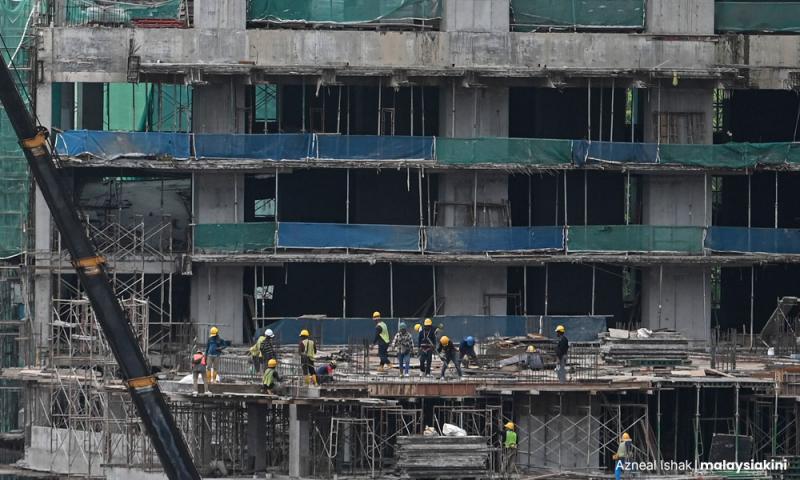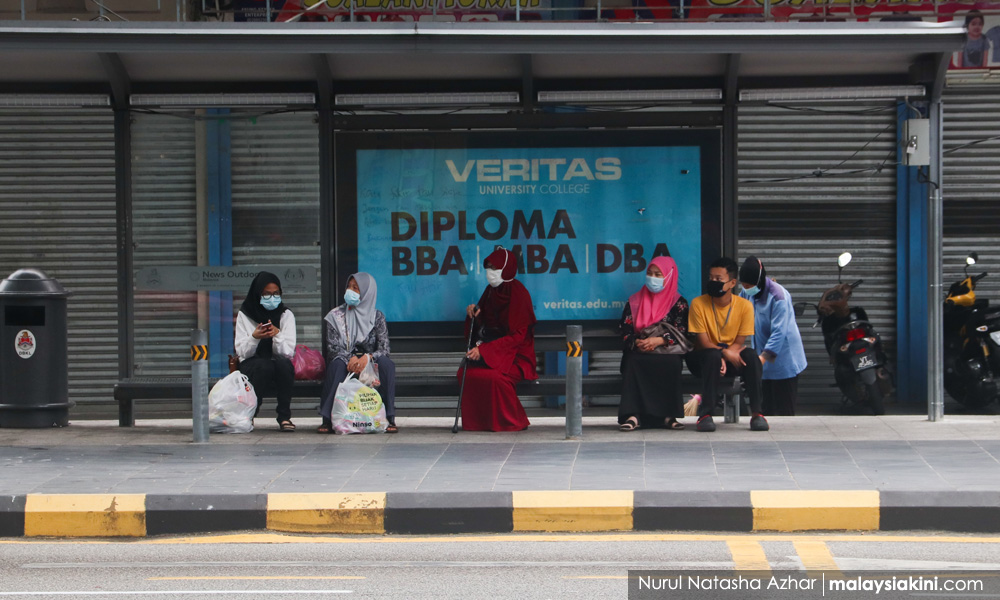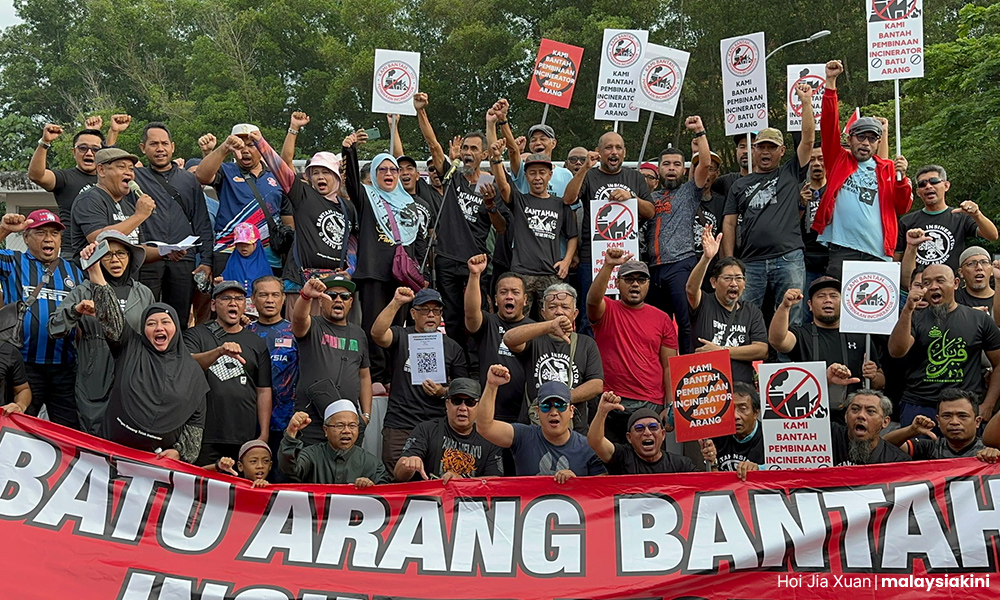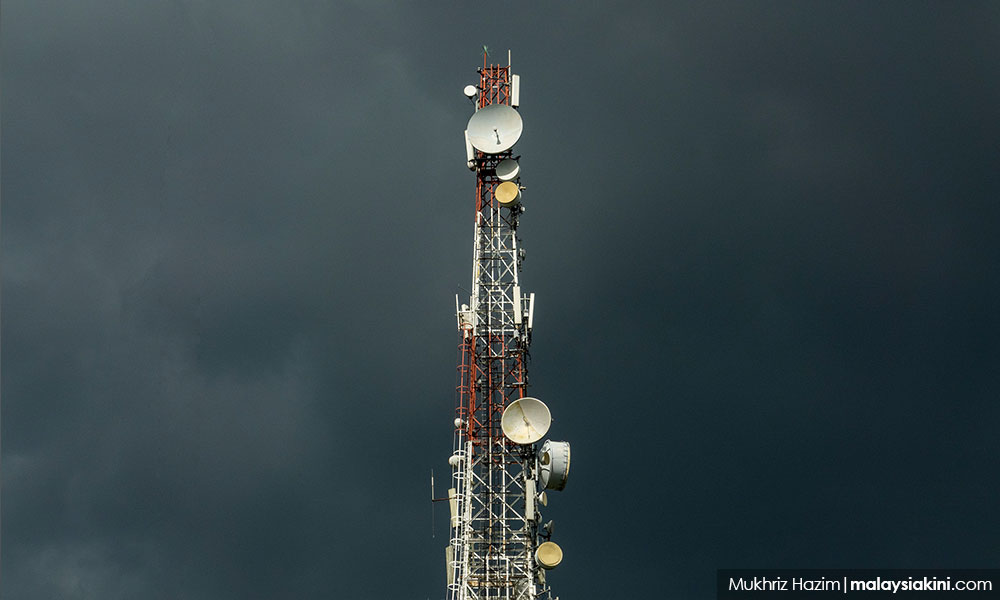
'Not in my backyard' syndrome is alive and kicking
R Nadeswaran
Published: Feb 18, 2024 8:30 AM
COMMENT | At the outset, let me declare that I have campaigned and supported residents in their objections to unplanned development in their areas.
I have demanded transparency in the approval processes and held open discussions (sometimes loud but not rude) with officials of local authorities.
These views were held in support of the greater good of the community and not for parochial and self-centred interests.
As long as such projects meet the legal requirements and the mandatory safety measures are in place, there should be nothing to object to.
I have also chided those (including friends) who choose to ignore the interests of the poor and needy when it comes to affordable housing.
Twenty years ago, residents in Subang Jaya opposed the construction of low-cost flats in the neighbourhood, citing among others social problems and the value of their properties.
At about the same time, some Kenny Hill residents objected to the area's high-rise buildings.
The then-mayor Elyas Omar provided the perfect riposte: “Bukit Tunku was not meant for the Brahmins only. Aren’t others interested in living in Kenny Hill?
“Nobody should say that this is a sacred hill, like a Brahmin hill where no pariahs can go.”
Then there was the case of a residents’ association official who used his influence with the Kuala Lumpur City Hall to move a bus stop in front of his house a further 100m down the road.
His reasoning? He did not want people to gather in front of his house and litter the area, but he seemed contented with seeing the same in front of another house.
Published: Feb 18, 2024 8:30 AM
COMMENT | At the outset, let me declare that I have campaigned and supported residents in their objections to unplanned development in their areas.
I have demanded transparency in the approval processes and held open discussions (sometimes loud but not rude) with officials of local authorities.
These views were held in support of the greater good of the community and not for parochial and self-centred interests.
As long as such projects meet the legal requirements and the mandatory safety measures are in place, there should be nothing to object to.
I have also chided those (including friends) who choose to ignore the interests of the poor and needy when it comes to affordable housing.
Twenty years ago, residents in Subang Jaya opposed the construction of low-cost flats in the neighbourhood, citing among others social problems and the value of their properties.
At about the same time, some Kenny Hill residents objected to the area's high-rise buildings.
The then-mayor Elyas Omar provided the perfect riposte: “Bukit Tunku was not meant for the Brahmins only. Aren’t others interested in living in Kenny Hill?
“Nobody should say that this is a sacred hill, like a Brahmin hill where no pariahs can go.”
Then there was the case of a residents’ association official who used his influence with the Kuala Lumpur City Hall to move a bus stop in front of his house a further 100m down the road.
His reasoning? He did not want people to gather in front of his house and litter the area, but he seemed contented with seeing the same in front of another house.

These were typical examples of the “Not in my backyard” syndrome - opposing development in their vicinity while not necessarily against similar development elsewhere.
With development, education, and more awareness of responsibilities to society, one would have thought that these would be memories of the past, overwhelmed by a more mature society.
Sad to say, it is alive and kicking, abetted by some petty politicians and selfish community leaders who fail to see the overall benefits of development in the area.
Health, security fears
Last month, Rawang residents protested against the proposed construction of a waste-to-energy incinerator plant in nearby Batu Arang.
Representing residents of Batu Arang, M Residence, Kota Puteri, and Bandar Tasik Puteri, they objected to the construction of the RM4.5 billion Sultan Idris Shah green energy plant, citing concerns about its effects on the environment.

Last December, about 1,000 people in Penang came out to protest the construction of two migrant workers’ dormitories near Bayan Lepas.
The dormitories at Teluk Kumbar will have over 30,000 beds, dwarfing the 15,000 population there, the protesting groups claimed.
In Petaling Jaya, residents in Section 17 protested the construction of a telecommunications tower near some of their homes.
The residents said the project site, located at a junction along Jalan 17/21, was too close to some homes.
No one wants to think about how such development would contribute to the greater good of the community. Instead, their thoughts and views are based on “my comfort” and “my property.”
No evidence
Self-appointed do-gooders often give unsubstantiated spiels on the harmful effects of incinerators including claims of those living in the vicinity having deformed babies.
Similar claims that telco towers emit cancer-causing radio waves, which have often been used to support protests, have been debunked.

The American Cancer Institute said high levels of radiofrequency waves can cause a warming of body tissues, but the energy levels on the ground near a cell phone tower are far below the levels needed to cause this effect.
“So far, there is no evidence in published scientific reports that cell phone towers cause any other health problems,” it said.
If incinerators are as harmful as claimed, how did the government approve the construction of such plants in Pangkor, Tioman, Langkawi, and Cameron Highlands?
They have been operating since 2011. Malaysians have been spending their holidays in these resorts and there have hardly been complaints that they are affecting the environment.
Yes, protest if the state sells a public park or a playground to a developer to plonk a condominium block.
But when it does a greater good for the community as a whole, don’t protest just for the sake of it, based on unfounded rationale, or be egged on by selfish politicians on a vote-gathering campaign.
R NADESWARAN is a veteran journalist who writes on bread-and-butter issues. Comments: citizen.nades22@gmail.com

No comments:
Post a Comment